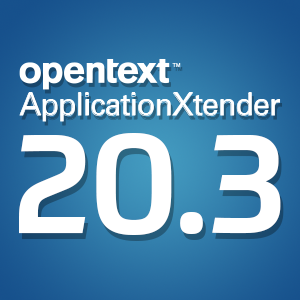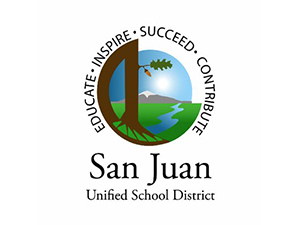Courts utilize document conversion services to preserve files
Wednesday, December 26, 2012More and more, courts are digitizing files for public viewing by uploading images of these files to online databases. Capturing and archiving these documents into a public digital library has had immense benefits for researchers, teachers, students and citizens alike.
Last week, Missouri Secretary of State Robin Carnahan announced that over 428,000 document images are now viewable on the the Supreme Court of Missouri's digital historical database. According to the Wayne County Journal-Banner, The National Historical Publications and Records Commission funded the initiative with $148,577, which encompasses more than 8,400 Supreme Court of Missouri case files between the years 1821 and 1865.
Issues such as immigration, slavery, railroad and steamboat developments, westward expansion and Native American affairs are all covered in these court documents. Carnahan is adamant about the impact that public access to these files will have.
"Citizens will now have unprecedented, free access to court records that reveal stories of the personal challenges and struggles that shaped the history of our state and our people," she stated, the news source reported.
Thus far, over 12,000 cases have been indexed between the years of 1783 and 1889, and Missouri's Supreme Court is working to expand the availability of these historically important documents.
Other county courts are working to promote public access to these files, including the Montgomery County District Clerk's office in Conroe, Texas, which has uploaded an image of every of civil, criminal and tax case since 1997. Your Houston News reported that more than 15,000 cases a year have been made available online, all of which are searchable by features such as defendant name and cause number. The District Clerk Barbara Adamick is working with IT professionals to make digital copies of these documents available for purchase as well.
Document imaging of court files not only makes it easier for researchers to gain access to these documents, but also allows for endless educational opportunities for citizens to build on their local historical understanding.
Brought to you by Image One Corporation providing complete information governance since 1994.




